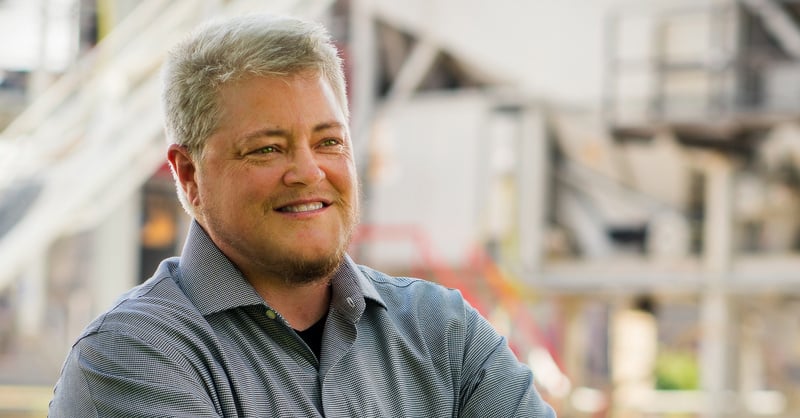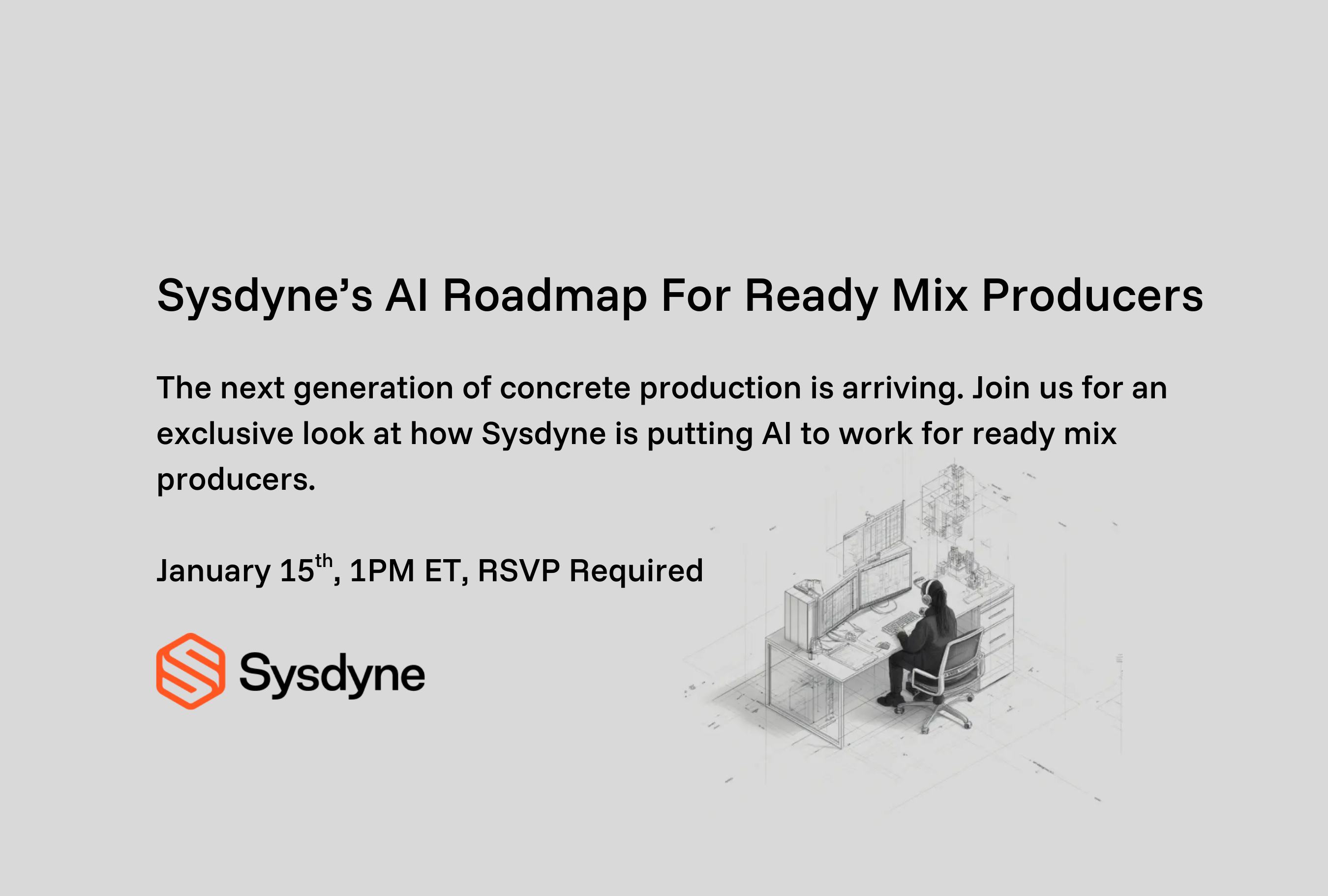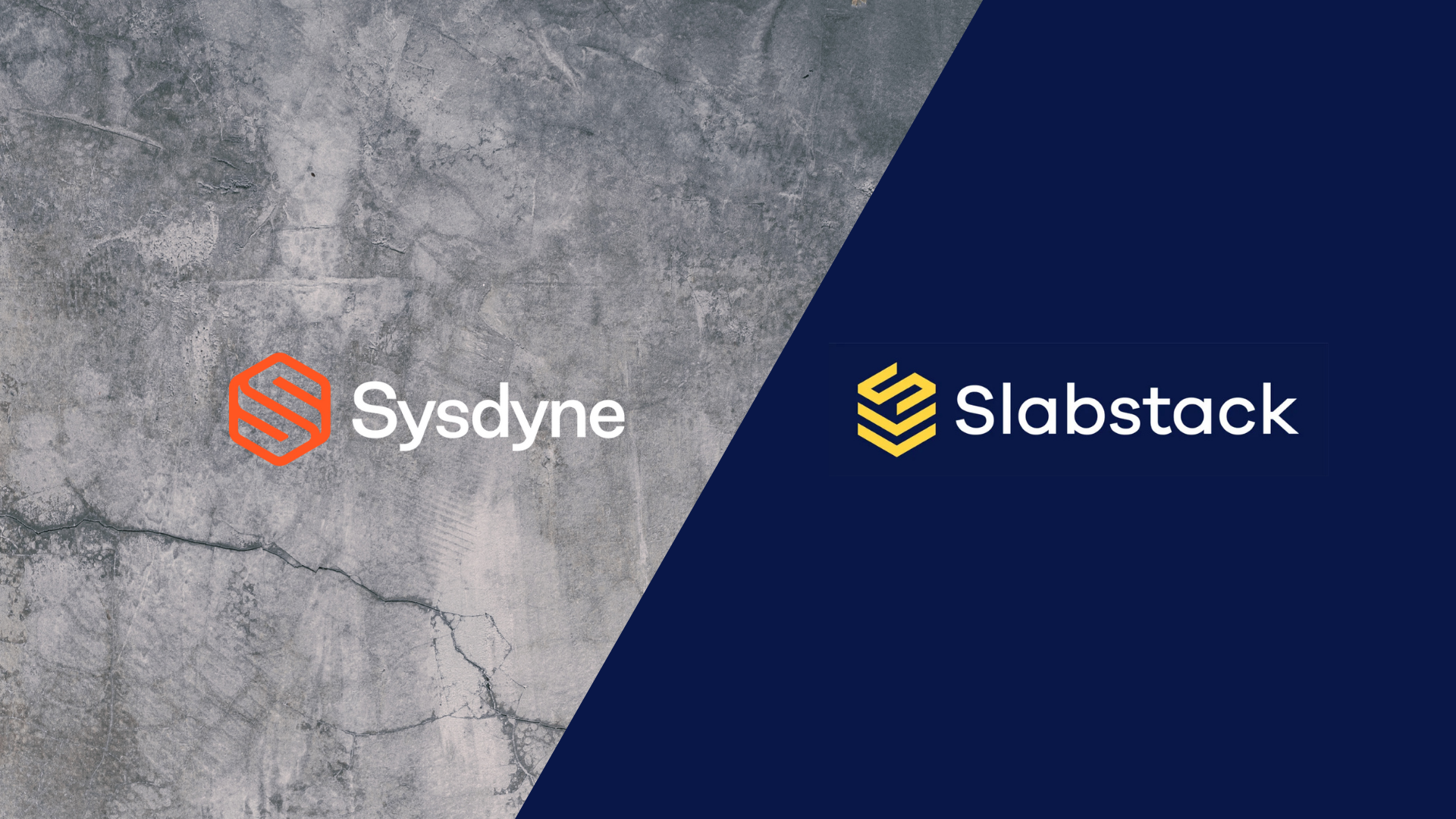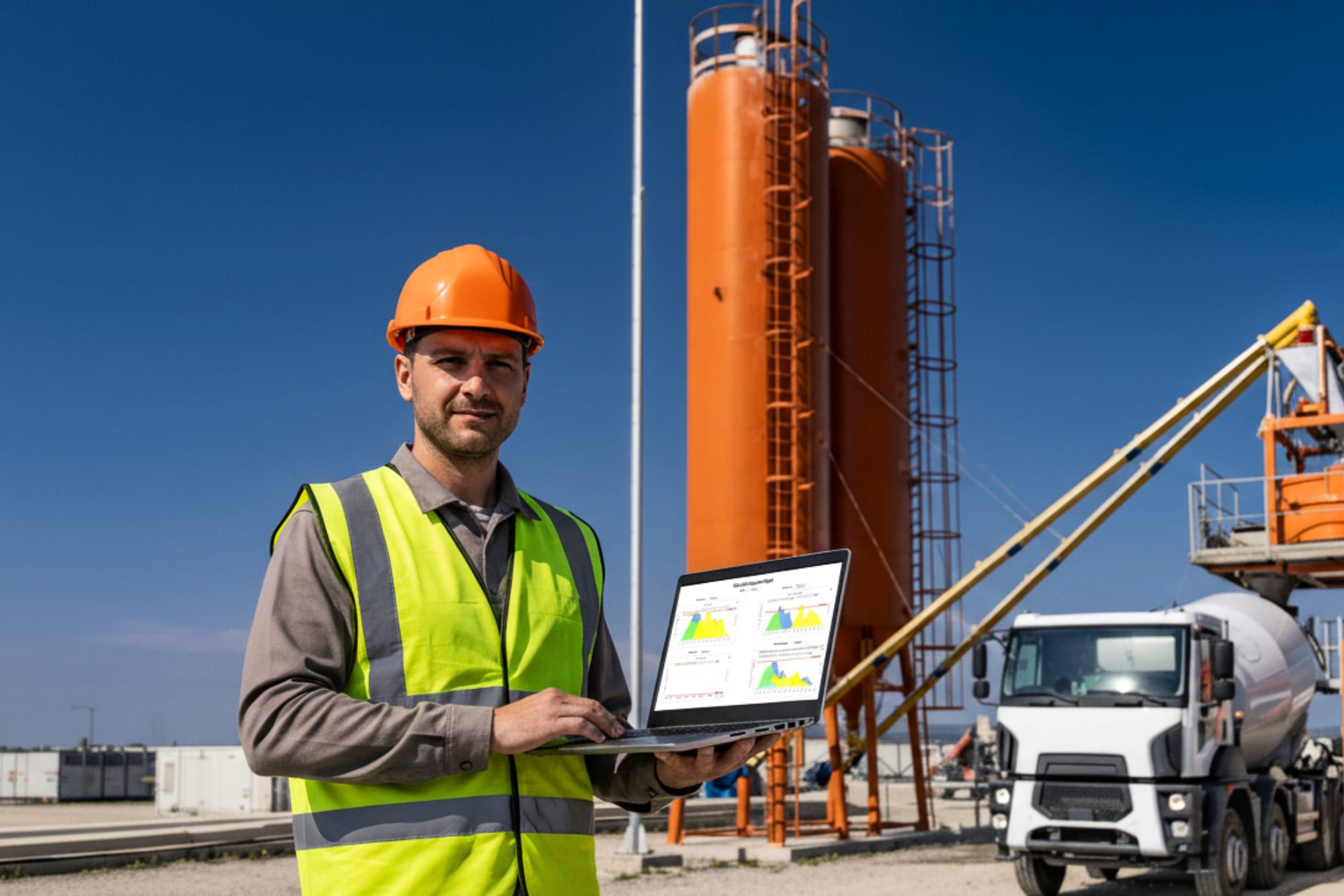
IoT Discussion with Bridger Moreland, CTO of Manatt’s Inc. Part II
What are some of the challenges the Ready-Mix industry is facing and how can IoT help meet those challenges?
Working in rural Iowa, connectivity is always a challenge for us and we have done a lot of tests to connect and collect information out in the field and ensure that the live stream of data can flow through to the data collectors and data stores. When it comes to the Internet of Things, it’s all about collecting the data and in a timely manner, and if we have to wait until a truck or a manager or somebody touches a device or drives into a yard so that we are getting it, that’s a delay in the information that we are trying to analyze. The other big challenge that is across the industry is interoperability between the programs and systems that we already have, a lot of them are very closed systems.
Hats off to Sysdyne for making moves on a more open API, because that hasn’t been the norm for a long time in our industry.
In the past it’s been very territorial, this is my system, buy my system all the way through, but your system only does this slice well, I want to use this other system so we have the best solution possible to answer the business problems we are trying to solve. When you start bringing in the Internet of Things, information needs to flow and we need to speak many languages and we need to do it fluidly, otherwise, we have a lot of information we can’t do anything with and it's back to working in silos. IoT devices are about interoperability and breaking down silos, and I see that as the biggest problem. We have been on not always older technology, but very proprietary technology that won’t play nice with others. I think if we start sharing better and stop thinking, oh we are going lose customers if I let them move information back and forth, that is a value you add. These are things that we want and need, to have insight through end to end into what we are trying to produce.
What does the future hold in leveraging IoT in the Ready-mix Concrete industry?
I see a lot of things happening over the next 3 to 5 years. I think we are still just scratching the surface of the capabilities of IoT, and we will see much more integration between the systems. On the leadership front, on the people side of it, we will better balance the dichotomy between operations vs technology. We are not a siloed group anymore, we partner and work together a lot more efficiently because there is a lot more coming into play here, it’s gone beyond what a typical operation manager can handle. Looking at all the various things out there that are capable of doing more, I see a lot more on how we do things, how we are structured, working together within a business. I think the future is wide open now that we have learned how we can collect information, store it, and analyze it to provide real-time feedback to managers. Their minds all of sudden are exploding with oh, can we put a sensor here, or can we maybe do this and the answer is Yes, we can. However, we need to prioritize what is the best investment and what we are going to get in return, does it make sense, and are we going to use this data.
I think we are still just scratching the surface on the capabilities of IoT, and we will see much more integration between the systems
I think we will see a lot more emphasis on the safety side, just because we care about our people because we don’t need guys climbing from the top of silos, and looking down to measure material quantities for example, there is technology for that. I think we will solve this problem, about how to make things play nicely with one another, and the ones that refuse will probably start losing some share over the next 3 years in the industry. Mostly because there are other solutions and there are people like me who are supporting our business, saying hey I am here to help you analyze and figure this problem out, we are going to work through it. Just because we used the same vendor for the last 35 years doesn’t mean that they still own what we do, because we do things better than that. We’re going to do things with a tech4 idea and we are going to solve problems for 3 years from now and not problems we already solved and we are doing fine 3 years ago. So, I think that’s what you’ll see, a lot more collaboration, better accessibility to valuable data, and more technology to support operations and the business. In the next 3 years, we will be taking a harder look at how we can work smarter and how we can do things better because it makes sense and is making us more money.
Is there a specific process or product that is not currently available on the market, that would you believe would bring huge value to our business?
We have delivered concrete the same way for a long time and if we start looking in more detail at how we have been doing it for so long, there are better ways to deliver concrete that will give us better results, especially with the onset of new technology. We have some great examples of autonomous vehicles now, and within the next 10 years, I see that creeping into our industry as well. Once you think about that and how that process goes, so many other things have to come together as well to support that type of model.
We will have to build out a smarter dispatch system to better predict what we need and where we need it.
We will have to cover all the safety considerations that lead up to that as well. Sometime in the future, I see concrete being delivered by semi-autonomous trucks with remote pilots helping the process along. Technology-wise, we have a lot of things to put into place before that happens. I mean, we are already looking at converting our plant to solar, so the introduction of autonomous electric ready-mix trucks is possible in the future. Un-maned plants and autonomous trucks will increase safety, reduce risks, and more importantly better address the needs of the customer to get their concrete delivered where they want it and at the time they want it. Consequently, it won’t make sense to have certain plants going all the time, especially if you can do things remotely. At that point, you can meet that customer’s needs more effectively without having a full staff onsite or even having the plant running all the time, it can be an on-demand model.
Closing remarks
With all this talk of IoT and cloud and data analytics, I think we just advanced the industry 5 years! I would love to have more of this type of conversation, and definitely like to partner with Sysdyne more to discuss where you are headed and how we can work together as your customer and as a partner, the Sysdyne products are not going away from Manatt’s anytime soon, might as well make the most of this journey together.
View previous - Sysdyne and Bridger Moreland : Part I


